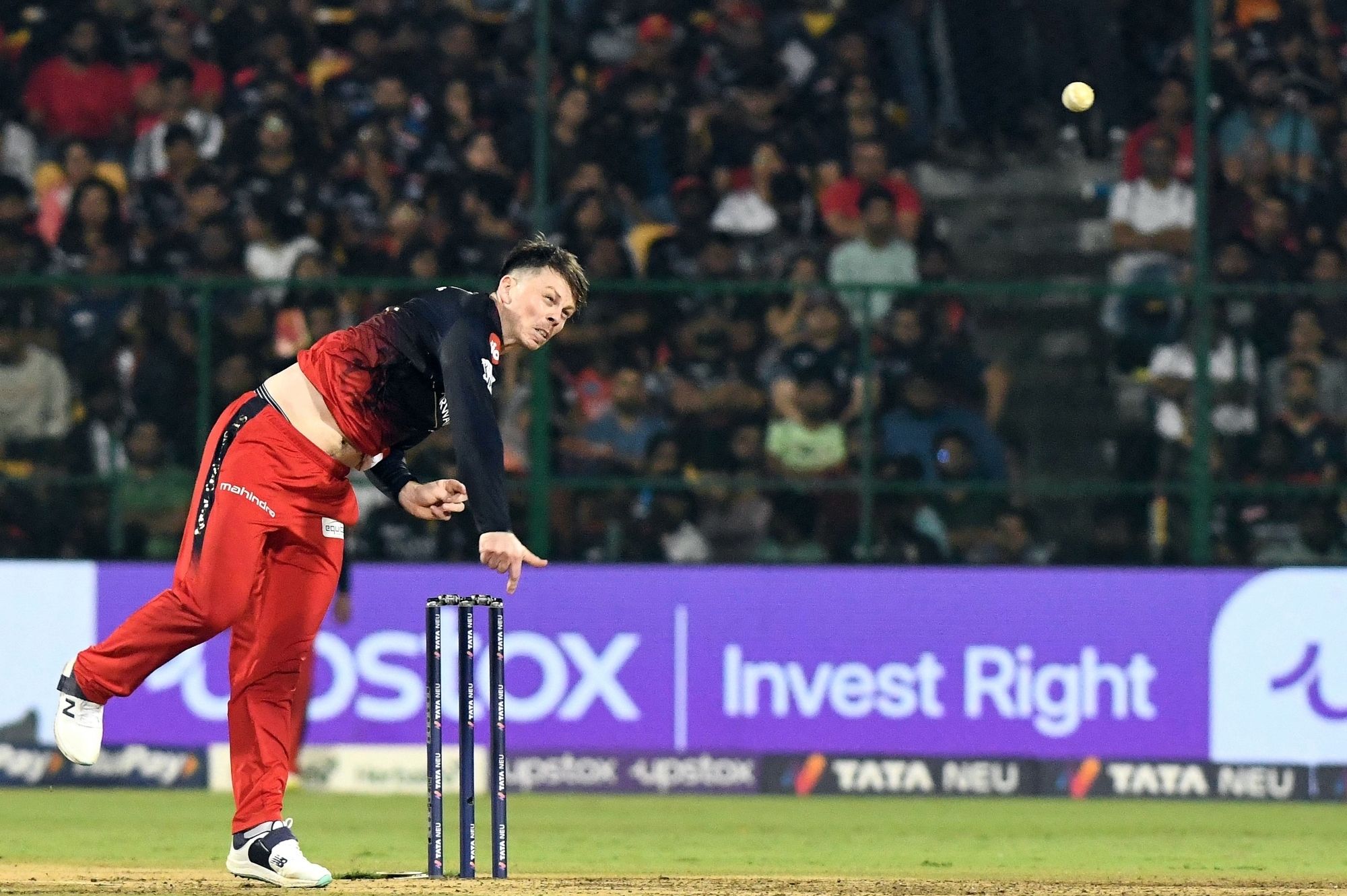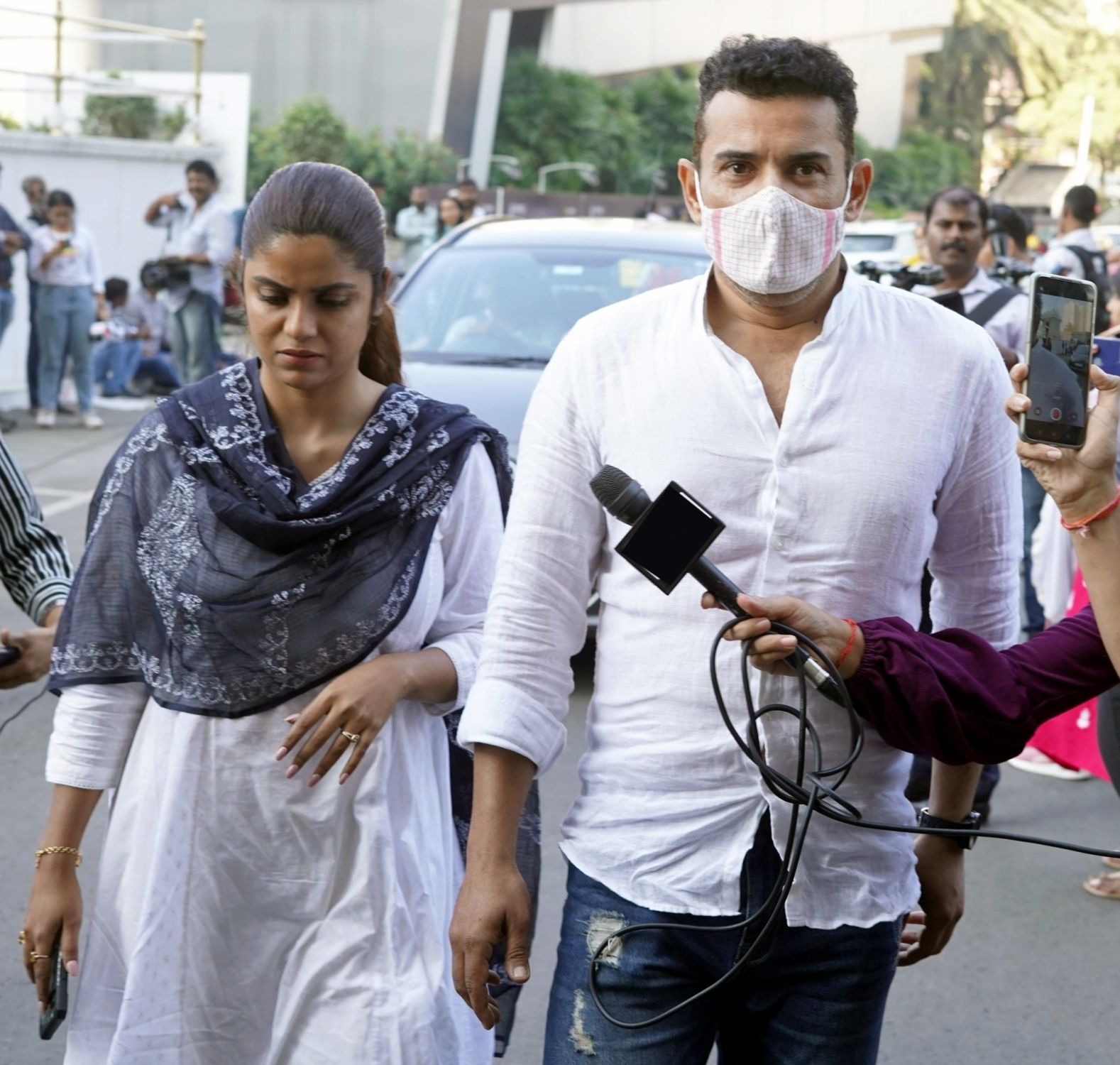|
The overall sentiment, on the domestic front, remained negative throughout the month on account of lower growth and subdued consumer sentiment, credit crunch due to tight liquidity conditions and rising stress especially in NBFCs and lack of any boost measures in the short to medium term.
Indian equities corrected meaningfully post the 2019-20 Union Budget announcement on July 5, given the uncertainty emanating from a couple of proposals. The monsoon season has been disappointing with the June-July deficit at 9 per cent of Long Period Average (LPA), albeit improving from the 33 per cent deficit in end-June. Despite the doom and gloom, the only silver lining for investors is reasonable valuations, especially for small and mid-caps. On the global front, the US Fed cut rates for the first time in a decade but disappointed the street by the quantum (25 bps) and relatively hawkish commentary. Global equities were buoyed by a US-China trade truce and central banks continuing to shift towards a more dovish stance as economic data deteriorated.
What went by
US Fed cuts by 25 basis points (bps), but turns less dovish: The much anticipated US Fed move to cut interest rates became a reality with a 25 bps rate cut on July 31. In true market custom of 'Buy on rumour and Sell on news', markets fell!! Post the rate cut, the press conference addressed by the US Fed Chairman Jerome Powell doused hopes of more such cuts, signalling a reversal of Fed's policy in calender years (CY) 2017 and 2018. The future policy signalling was apparently more hawkish than the market was anticipating. Powell characterized the move as a "mid-cycle adjustment to policy" in contrast to "the beginning of a lengthy cutting cycle."
Global Growth tepid: US real GDP growth slowed to a 2.1 per cent in 2019 from 3.1 per cent in Q1, although the print came better than expectations. Domestic final sales grew at 3.5 per cent which offset a large drag from net trade and inventories. In the Euro area, the continued weakness across several survey data, particularly the extreme weakness in German manufacturing, raises concerns over the growth outlook. Overall, the manufacturing PMI points to German IP contracting.
Global Markets: On the global front, US Fed cut rates for the first time in a decade but disappointed the street by the quantum (25 bps) and relatively hawkish commentary. In the UK, Boris Johnson was announced as the next prime minister as the country struggled to close the deal with the EU. Global equities witnessed divergent trends with Developed Markets (MSCI DM +0.4 per cent MoM) outperforming led by US (+1.3 per cent MoM), while Emerging Markets (EM) underperformed (MSCI EM -1.7% MoM) on the back of a significant rally in the USD.
Global equities were buoyed by a US-China trade truce with central banks continuing to shift towards a more dovish stance as economic data deteriorated. Indian Equity markets (-4.8 per cent MoM) underperformed significantly on account of domestic issues. On a one year basis, Indian markets (-0.9 per cent YoY) have outperformed Emerging Markets (-4.6% YoY) but lagged Developed Markets (+1.6 per cent YoY) and US (+5.8 per cent YoY).
Currencies and Commodities: Prices of most industrial metals were flat for the month, but are lower -6 per cent for copper to -14 per cent for aluminium on a year-on-year (YoY) basis on account of global growth concerns and the US-China trade war. In the currency markets, the strength of the USD (+2.5 per cent MoM) was offset by the weakness in UK pound (-4.2 per cent MoM) and the Euro (-2.6 per cent MoM). The INR was relatively stable, (-0.3 per cent MoM). Interest rates were flat to lower across countries with India 10 Year (-51 bps MoM) leading the fall. The 10 Year yield in India is now 140 bps lower than the year ago period.
Crude stable: Crude was flat for the month, closing at $65.2 a barrel and continues to remain in the comfort zone as far as the Indian economy is concerned. Crude prices are expected to be range-bound going forward. Global growth slowdown and US shale supplies should act as a dampener for crude prices. But at the same time, coordinated supply cuts by OPEC and political tensions in Iran and Venezuela could counter the effect, keeping crude range bound.
Domestic Markets: Indian markets (Nifty -5.7 per cent) logged the worst July in 17 years with all sectors falling sharply. Mid and small caps had a sharper fall with the NSE Mid and NSE Small falling -9.8 per cent and -10.9 per cent, respectively. On a sectoral front, auto (-13.6 per cent MoM) and consumer durables (-14.5 per cent MoM) have been the worst performers. Most cyclical sectors - industrials, metals, infra, capgoods, PSU banks fell double digit month-on-month (MoM). As usual, defensives IT (+0.5 per cent MoM), pharma (-1.4 per cent MoM) and FMCG (-2.6 per cent MoM) were the key outperformers. On a 1-year basis, auto (-36.8 per cent YoY) has been the worst performer whereas IT (+8.3 per cent YoY) has been the key outperformer.
Growth: Though May IIP growth moderated to 3.1 per cent YoY (vs 3.4 per cent in April), the average of April-May 2019 is still higher than the average of last quarter. June headline CPI rose to 3.2 per cent YoY on the back of rising food inflation. Headline inflation momentum fell for the first time in CY 2019 to 5.1 per cent. Although core inflation fell to 4.1 per cent YoY, the extent of moderation was, however, lower compared to the last 3 months. Q1FY20 inflation was in line with RBI estimates.
Trade Deficit: After the trade deficit widening to 6-month high in May, June trade (deficit of $15.3 billion) saw lower imports balancing softer exports. Fall in exports was broad-based with 5 out of 7 key categories declining. Rising gold prices pushed gold imports to multi-quarter highs at $11.4 billion. Service trade surplus fell to a 12-month low of $6.1 billion in May.
Monsoon: Earlier in the month, IMD came out with a forecast of below-average monsoon with large deficits in central and western regions. However, towards the end of July, southwest monsoon roared back and delivered above-average rainfall, reduced the shortfall to 11 per cent (from 35 per cent at end of June). As of Jul 30, more than two-thirds of the country had received normal or excess rainfall.
FII flows: After being net buyers for 5 months, FIIs turned net sellers in July to the tune of $1.9 billion, reducing the YTD inflows to $9.4 billion. On the other hand, domestic institutional investors (DIIs) ramped up their buying activity with inflows of $2.9 billion during July taking their YTD inflows to $1.8 billion. DMFs were buyers in the month with net inflows of $2.7 bn YTD while insurance companies were net sellers with outflows of $0.9 billion YTD.
Currency and Yields: Benchmark 10-year treasury yields averaged at 6.53 per cent in July (40 bps lower versus the June average). On month-end values, the yields have declined 51 bps (-100 bps ytd) and are now close to November 2016 lows as inflation remains well behaved and the RBI's policy stance turned dovish, buoying hopes of more rate cuts. INR was up +0.3 per cent m/m in July and ended the month at 68.8 per US Dollar. YTD, INR has appreciated by +1.4 per cent. INR outperformed the broader JPM EM FX (-0.7 per cent) in July.
India's foreign exchange (FX) reserves reached an all-time high of $430.4 billion as of July 19. Fiscal deficit for April-June 2020 came at Rs 4.3 trillion or 61.4 per cent of the budgeted 2019-20 deficit (Rs 7.04 trillion). This compares to a 67.6 per cent reached in the last fiscal during the same time frame.
Earnings: Q1 FY20 earnings season has begun on a tepid note with higher misses than beats, and most managements sounding cautious about demand and growth outlook. Despite this, NIFTY consensus earning per share (EPS) for FY 20 has been cut by 0.6 per cent.
Banks reported mixed set of numbers - some saw lower credit costs and higher recoveries on expected lines whereas others warned of further slippages to come. Most banks witnessed decline in CASA whereas competition among private banks for Term Deposits intensified.
Auto OEM's woes were aggravated as the government hiked registration charges on purchase of new vehicles. June auto sales continued their downward spiral with market leader in passenger vehicles (PVs) reporting a 15 per cent decline. In commercial vehicles (CVs) - June marked the eighth month of down-cycle and volumes declined as both leading CV players were hit by demand sluggishness.
IT witnessed challenges of rising visa costs and costs of operations. Demand outlook, especially for the Tier-1 players, was robust with strong order books and deal pipeline. Consumer companies reported in line numbers but most management have guided for a weak outlook.
Outlook: On the domestic front, overall sentiment remained negative throughout the month on account of (1) lower growth and subdued consumer sentiment (2) credit crunch due to tight liquidity conditions and rising stress especially in NBFCs (3) lack of any measures to boost in the short to medium term.
Indian equities corrected meaningfully post the FY20 Union Budget given the uncertainty emanating from a couple of proposals pertaining to: 1) increase in taxes for FPIs accessing the Indian equity markets through the 'Trust' route; and 2) supply side pressures for equity markets via increase in free float requirement from 25 per cent to 35 per cent. High frequency economic data and early results in the Q1 FY20 reporting season have been sedate. The monsoon season has been disappointing with June-July deficit at 9per cent of Long Period Average (LPA), albeit improving from 33 per cent deficit in end-June.
Despite the doom and gloom, the only silver lining for investors is reasonable valuations, especially for small and mid-caps. Since the peak of January 2018, NSE Mid Cap 100 Index has corrected 25 per cent whereas the small cap index has corrected 40 per cent. NIFTY, on the other hand is up 6.5 per cent for the same period. The NSE Small Cap 100 Index trades at 13.6x on Positive PE basis and 11.3x on FY20 estimate earnings.
NIFTY, trades at 20.9x positive PE and 17.0x FY20 earnings. The gap between NIFTY and small-cap returns from January 2018 is around 46 per cent, which we believe can give an attractive entry point for long-term investors, notwithstanding the short-term headwinds.
(Anoop Bhaskar is Head - Equity, IDFC AMC. The views expressed are personal)
--IANS
bhaskar/bc
Copyright and Disclaimer: All news and images appearing in our news section, search engines and social media are provided by IANS. If you face any issues related to the content/images, please contact our news service provider directly. We are not liable/responsible for any content/images related to the news service provider.
|









